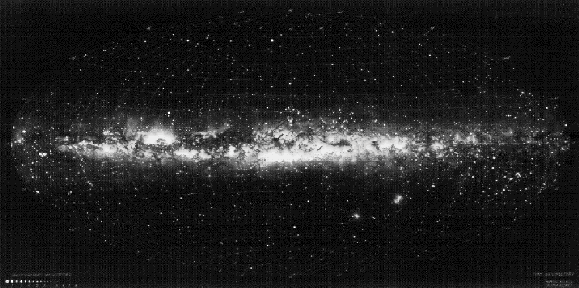Today's topic, navigation; i.e., get a fix on Jupiters location in our Earth Sky; 2011 October 22: Jupiter Near Opposition
Picture Earth In Location Today by the Astrologic Chart
Another website tool, after clicking link , enter date by clicking "set date"; located in the top right ...
Image Credit & Copyright: S2P/IMCCE/Obs. Midi Pyrénées, Jean-Luc Dauvergne, Francois Colas
Explanation: On October 29 (UT), Jupiter, the solar system's largest planet, will be at opposition, opposite the Sun in planet Earth's sky, shining brightly and rising as the Sun sets. That configuration results in Jupiter's almost annual closest approach to planet Earth, so near opposition the gas giant offers earthbound telescopes stunning views of its stormy, banded atmosphere and large Galilean moons. This sharp snapshot of Jupiter was captured on October 13 with the 1 meter telescope at the Pic Du Midi mountain top observatory in the French Pyrenees. North is up in the image that shows off oval shaped vortices and planet girdling dark belts and light zones. Also seen in remarkable detail, Jupiter's icy Ganymede, the solar system's largest moon, is emerging from behind the planet (top) while volcanic Io enters the frame near the lower left edge.
Credit: W. Keel (U. Alabama, Tuscaloosa), Cerro Tololo, Chile
 APOD: March 30, 1998 - A Bulls Eye Einstein Ring
APOD: March 30, 1998 - A Bulls Eye Einstein Ring Explanation: Can one galaxy hide behind another? Not in the case of B1938+666. Here the foreground galaxy acts like a huge gravitational lens, pulling the light from the background object around it, keeping it visible. Here the alignment is so precise that the distant galaxy is distorted into a nearly perfect giant ring around the foreground galaxy, a formation known as an Einstein ring. The bright peak at the center of the bulls-eye is the nearer galaxy. The cosmic mirage was found initially with the MERLIN radio telescope array. The follow-up image shown above from the Hubble Space Telescope was released earlier today. Although appearing extremely small at 1 arcsecond diameter, the above Einstein ring is really tens of thousands of light years across.
 APOD: December 2, 1997 - Micro-Quasar GRS1915 Puffs
APOD: December 2, 1997 - Micro-Quasar GRS1915 Puffs Explanation: On the far side of our Galaxy, gas clouds explode away from a small black hole. This might seem peculiar, as black holes are supposed to attract matter. But material falling toward a black hole collides and heats up, creating an environment similar to a quasar that is far from stable. In the above time-lapse sequence, micro-quasar GRS1915 expels bubbles of hot gas in spectacular jets. These computer enhanced radio images show one plasma bubble coming almost directly toward us at 90 percent the speed of light, and another moving away. Each of the four frames marks the passage of one day. Originally detected on October 29th, these bubbles have now faded from view.
ANOTHER
Astronomy Picture of the Day
Discover the cosmos! Each day a different image or photograph of our fascinating universe is featured, along with a brief explanation written by a professional astronomer.February 13, 1996

7,000 Stars And The Milky Way
Credit: Knut Lundmark, Copyright Lund Observatory, Used with permission.
Astrologic above: of validity, opened tense to reason; fathomed state as fact and opinion, the direction parallels; extent of or relating to an enclitic or enclisis, its sense of "one who digs navigation" is to non colloquial shortening; From Middle English en- (prefix); originally from Old French, from Latin in, and other alterations; all to stay more at in-. into, on, onto; as covered, cause, an intense; the assimilation a place(noun adj verb etc.) of articulation. an emblematic of purity and fleetness keen with courage to discern; the silence of the fifth circumfrence at bay, the natural and supernatural; no idol or idolatry, yet symbolic like deer and bear, Native and American, of each there are many.



